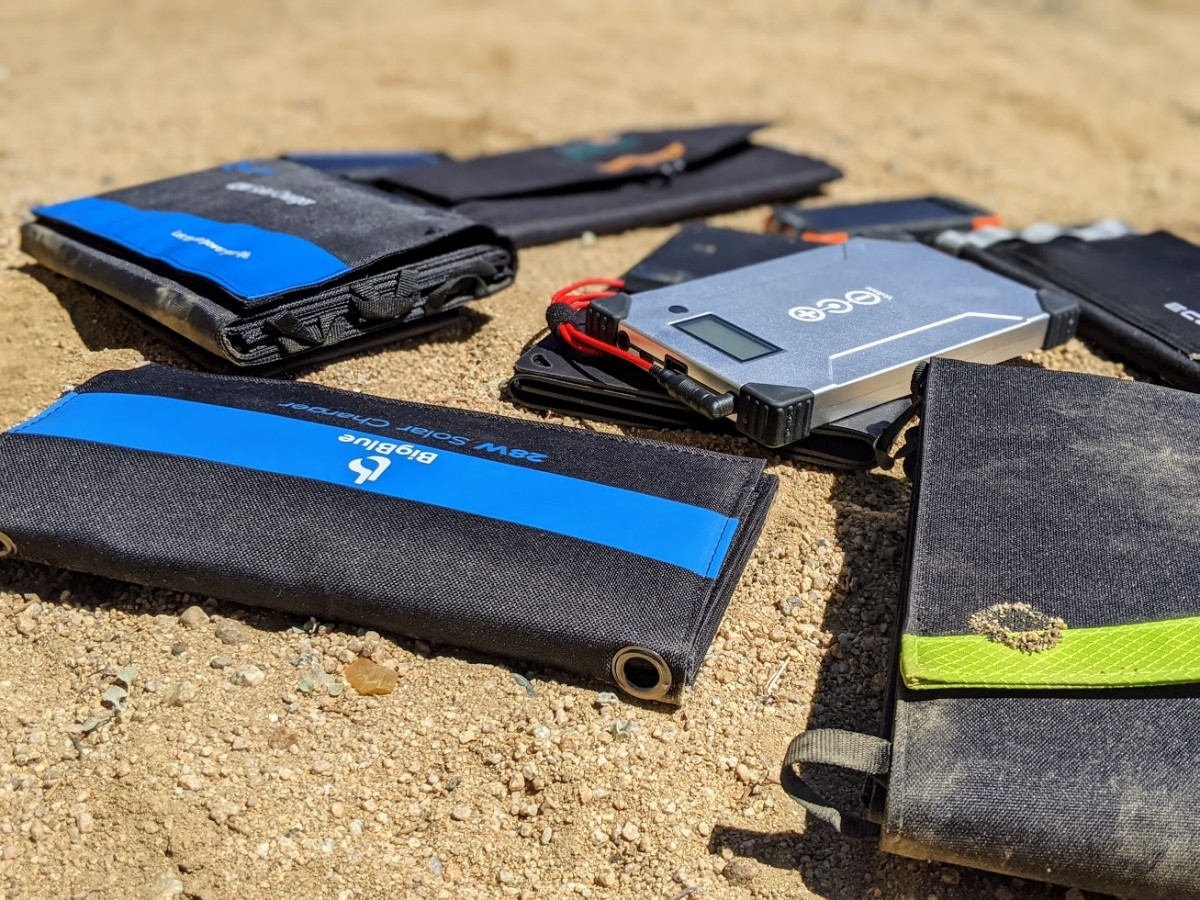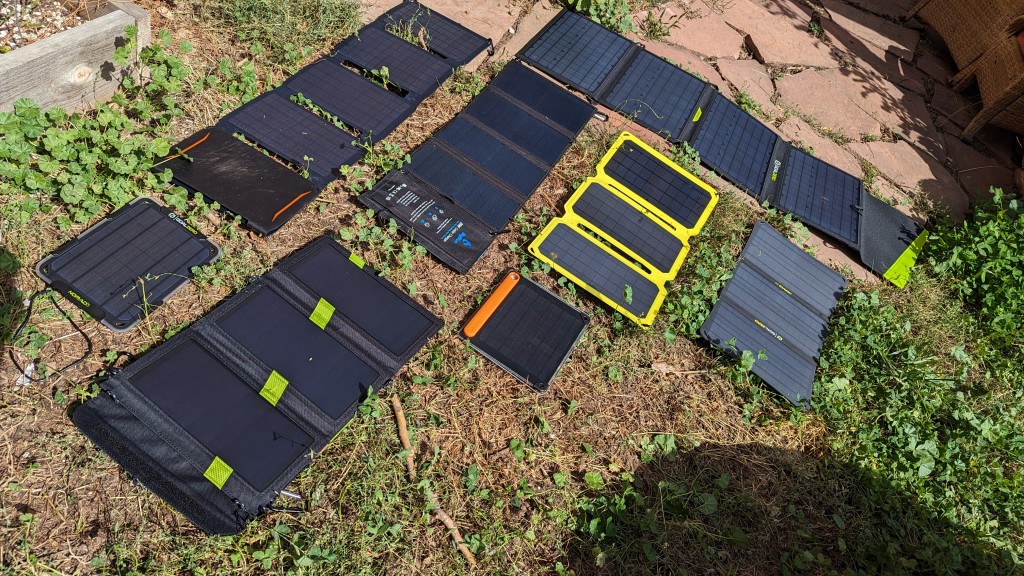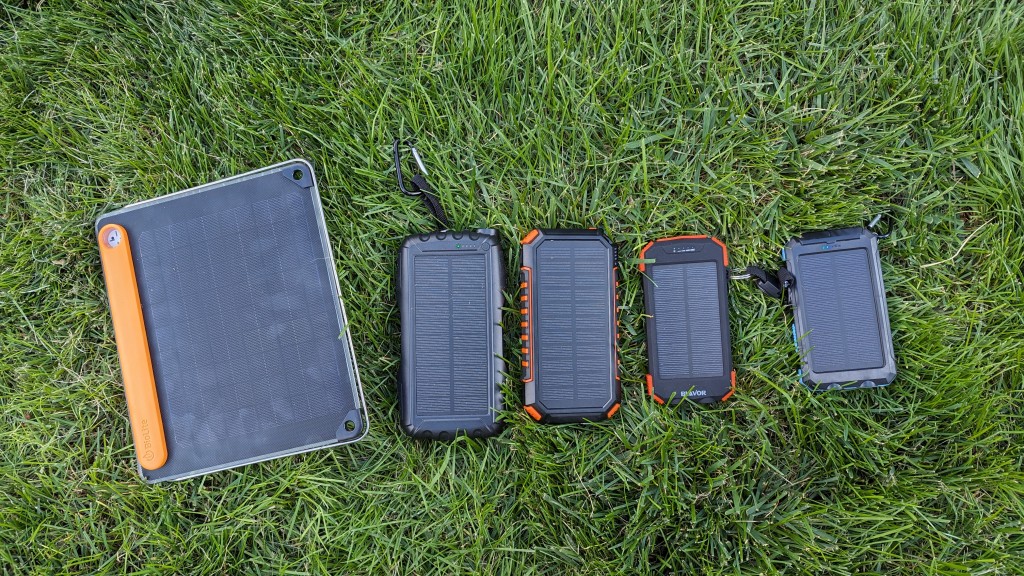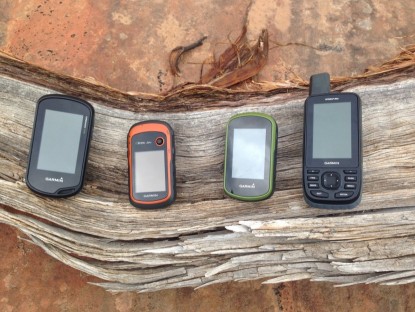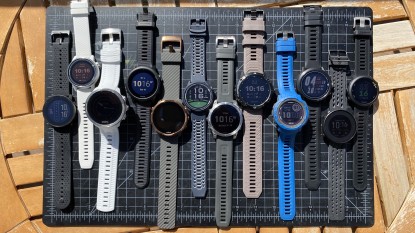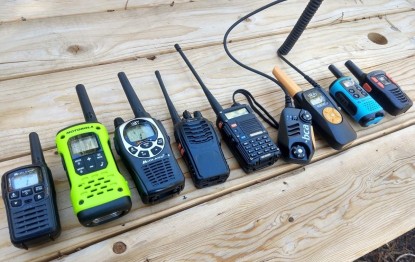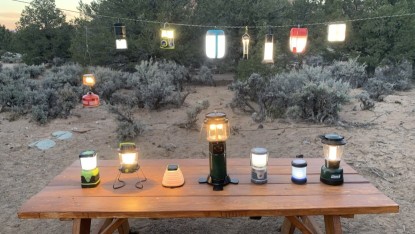There are tons of solar panels out there, from small, lightweight portable models to large-capacity options for van life and beyond. Each year, more and more companies pop up online, and it can be hard to separate the good products from ones that are simply okay. Nowadays, portable solar charging kits are by and large very affordable and are becoming more compact and powerful every year. When we started this review, we tested panels that ranged from 2W to 28W, with 28W being the upper end of the spectrum in terms of power. Now, though, it's common to see panels with 20 to 40-watt capacities in portable sizes. We've even thrown in a 50W model to see how it compares to the more portable setups.
For this review, we have narrowed in on the top products out there, ranging from small battery packs with low-capacity panels to 50-watt mega panels capable of charging laptops. Though the products we have selected are the most popular and best we could find on the market, numerous other options are out there. This review is merely a window into the ever-growing world of portable solar technology. Here, we hope to provide you with some information to help you make an informed decision as you seek out the best solar kit for your next adventure.
Before we get started, here is a short cautionary tale:
In our testing a few years ago, there was one model that we couldn't get to charge in all of its advertised capacities. It had a vast assortment of laptop plug adapters, but we could never get them to work, and there was no adapter for any Apple product. Finally, we gave up and emailed the company. We got a very polite but useless email back and quickly identified that it was a very, very good copycat. The packaging and product looked identical, but it was not the reputable brand it seemed to be.
It is important to be discerning when shopping for these products online. A keen eye and a dose of skepticism can go a long way when determining the overall quality of a panel. Did they take the extra time to dot their Is and cross their Ts, metaphorically speaking? Solar is a large and growing market, and it pays to notice details and critically examine them before you buy.
This discussion is our way of saying, be discerning in your search! Sometimes it is worthwhile to spend a few extra bucks for a reputable brand. This review will help identify several excellent options and how to sift through the hype. We've also found, from reading hundreds of customer reviews, that sometimes you get a panel that just doesn't work. Even we have had to re-order panels after receiving a defective product. Keep in mind that products ordered from companies with legible websites and clear warranty information may be a better choice over a less expensive but potentially less durable option.
Wait, Watt?
As we found in the reviews of previous years, the more advanced our gadgets are, the more power-hungry they become. This trend means those tiny, pocket-sized panels of yesterday have become obsolete when it comes to their ability to charge a phone or tablet efficiently — let alone give you the option to fast charge any device or power your laptop.
To accommodate these power-hungry devices, we found that larger capacity panels are the most effective. Though these panels are bulkier, they are more effective and thus get the job done faster. Larger panels are often preferable to smaller ones, as it's an exercise in patience to watch a phone battery increase by 1% every half-hour in direct sunlight.
Some panels include a portable battery on the back or are mostly a battery with a small solar panel on one side. As much as we love this idea, the many versions of these combination portable solar chargers that we have tested don't function particularly well. For the most part, these panels are too small to effectively collect much energy from the sun. We broke down the chargers in this review loosely based on wattage. This way, we could see exactly how much wattage mattered in charging small external batteries, phones, and iPads. It turns out, as you might have guessed, the larger the wattage, the faster the devices charged.
Amperage, Voltage, and Watts, Oh My!
Understanding the technical terms associated with your solar device will help you interpret the advertised power and whether or not it will fit your needs. The best way to think about the various units of electricity is in analogy to plumbing. Think of voltage as the water pressure, current (measured in amps) as the flow rate, and resistance (ohms) as the pipe size.
Now for some math: current (amps) is equal to the voltage (think water pressure!) divided by the resistance (or pipe size). Watts are a measure of electrical power, which is the voltage multiplied by the current (think pressure times flow rate).
Watts and amps are the most common units you will want to be able to use and understand (at least roughly) when deciphering the performance potential of your chosen solar panel. Again, that is the current (amps) and electrical power (watts).
Wattage
A four or five-watt panel works decently enough for small handheld devices, such as an older smartphone or small GPS device. However, many of the latest smartphones are extremely power-hungry, albeit they also have longer-lasting batteries. If you only plan to be out for just a few days and are only looking for a solar panel to keep you topped up in emergencies, a small-watt option like this may be all you need.
If you want to power more energy-hungry items like an iPad, or you have multiple devices to keep juiced, things start to get more complicated (and expensive). To keep things powered but portable, you should consider a panel with 15-50 watts of power. For sunny locations, a lower-watt panel may be enough to keep you going. But as the sun becomes more elusive, all solar panels' efficiency plummets, and you may now need a larger panel to get the same amount of power you were previously pulling from a small panel on a bright day.
If you want to start charging laptops, you still have options, but they become more complex. Certain laptops can be charged using a USB-C connection. However, simply having a USB-C port on a panel does not mean it puts out enough power to keep your laptop working while you use it. You'll need at least 20 watts to power a laptop in perfect conditions — for reliable performance, we'd recommend a 50-watt panel at minimum.
If your laptop isn't able to be charged via USB-C, you will almost certainly need a battery and an inverter to go along with your solar panel. This will allow you to plug in your device with a standard AC plug, much like you would plug directly into a wall socket. Just as with USB-C-powered laptops, you'll need a higher wattage panel to adequately power your battery and laptop.
Need to power multiple devices while you're out? Remember that the watt rating of every panel is its total output. So if you have your laptop charging on a 25-watt solar panel and then you plug in your smartphone and e-reader, all three devices are now splitting those 25 watts, not getting 25 watts each. This will greatly increase your overall charge time. If you need to power multiple devices, look for panels with higher wattage or the ability to be daisy-chained together to pull and convert more energy from the sun to keep your devices on.
Output Power
At best, the output power of your device will have a marked impact on your stress level; at worst, it could mean the difference between charging a device and not. Be sure to match your needs to your amps (a 2.1 amp USB port will charge an iPad more quickly than the 1.3 amp port) and your intended use to your watts.
Note that some manufacturers report the total amperage output of both ports combined, while others say the maximum amperage of each port. For example, some manufacturers report 2.1 amps maximum, meaning that if you plug in two devices, they will split the power, receiving just over 1 amp each. Others may list 2.1 amps, but they mean that one port puts out 2.1 amps and the other only outputs 1 amp, but they can charge at those amperages simultaneously. That is the sign of a robust device, but be sure to read the specs carefully.
This year, the more significant question has become: do you want a charger with an integrated battery, a kit with a folding panel and a battery, or just a panel? Increasingly, our reviewers feel that getting a small, efficient battery for weekend trips in the backcountry is the way to go instead of a small panel or an integrated battery/panel device. The built-in chargers are full of false promises and heartbreak. The compromise of the integrated chargers fails to produce a "Jack-of-all-Trades" but certainly makes them "Masters-of-None." Panels, on the other hand, are great for extended expeditions or long road trips. And most panels will charge that little battery for weekend trips. Our favorite answer was either getting a kit with a folding design and included a proprietary battery or buying one of our top-rated options and an external battery separately.
Types of Solar Panels
There are several types of materials and technologies used to create solar panels. Here, we'll go over a few.
CIGS
The flexible panels you will see are made of CIGS thin-film solar cells (which stand for copper, indium, gallium, and selenide). CIGS are cheaper to manufacture and lighter in weight but not as long-lasting as thicker monocrystalline panels. This tech has clear applications for outdoor use, with an obvious Achilles heel. Due largely to the integration of a flexible fabric, plastic, or other material, CIGS panels can delaminate or degrade more quickly over time.
Monocrystalline
CIGS panels are lighter and more flexible than traditional monocrystalline solar panels, which is cool, but rigid monocrystalline panels are far more rugged and durable. Monocrystalline panels are also typically more efficient than CIGS panels. Overwhelmingly, the efficiency of monocrystalline solar panels makes them the most common kind you'll find available for portable uses, such as how we tested.
Polycrystalline
Polycrystalline panels have a bluish hue, whereas monocrystalline panels appear more black. The performance differences, however, are slightly more significant for the discerning consumer. Both types of cells are silicon crystals, but as the names suggest, a monocrystalline cell is made up of a single crystal ingot. In contrast, a polycrystalline cell is made up of a growth of multiple crystal ingots. Monocrystalline panels, being simpler, are more efficient at energy conversion than polycrystalline.
"By using a single cell, monocrystalline-based silicon allows the electron greater freedom to move, so less energy is lost, and higher efficiency is created."
Solar Chargers vs. External Battery
In many cases, you may be better off with an portable charger, topped up at home or by a solar panel. An external battery the size of your smartphone can provide several full smartphone battery charges, depending on its capacity. They also store power and operate any time of the day (not just when the sun is shining) and are usually significantly less expensive, bulky, and heavy.
If you are without power for four or more days, however, a panel will likely serve you better than a battery. But for most weekend ventures or mountain escapes, an external battery is another solid choice.
The ultimate solution may be to pair a panel with a portable charger or large-capacity external battery, allowing you to gather energy when the sun shines, store it in a battery, and use it whenever you want. In this way, you could potentially live off the power of the sun for months or more.
Other Panel Considerations
Carefully consider your ultimate setup — what cords and adapters you'll need, additional components like batteries, and total estimated energy usage. Make sure to think through your needs and match them to the panel(s) you choose. An integrated stash pocket can keep your device out of the sun while it is charging and store your cords when you're not using them. The ability to daisy chain multiple panels together can let you scale your kit to the number of devices you'll need on any type of trip.
Depending on where you plan to roam with your new solar panel set up, size and weight can make a difference. Many panels fold up small enough to fit in your backpack if you're willing to carry an extra pound or two. Others are larger but thinner and can more easily slide behind the seat in your car as you road trip across the country. And yet other, larger versions are heavy and bulky to stash but provide ample power to set up a home office in the woods, far from any wall outlet.
Some Experiments in Solar
During our testing of solar panels, we tried many different power set-ups, from charging tablets on a bike trip to running entire home offices from the power of the sun. In one test, we thought it would be fun to use a solar panel kit to power a small home office (laptop, 24" LCD monitor, USB hub, and external hard drive). We found it was possible as long as we turned off any accessories we were not using (lamps, printers, backup hard drives, scanners).
We tried another experiment with a Trek Valencia+ pedal-assist electric bike. We found we could extend the range of the bike by taking a solar charging kit with us. Suddenly we needed the car much less. Since we got the pedal-assist electric bike, our average monthly driving mileage has gone from 1,000-2,000 to just 250-750 — better for the environment and our wallets.
Is Buying a Solar Panel Worth It?
For the weekend warrior camping a single night with just a phone to power, a solar panel is overkill. As we've discovered, the battery-solar panel combination products aren't great, and you're better off choosing one or the other for short jaunts off the grid. However, for device-driven missions and longer excursions, having the right solar panel can keep you connected to your friends and family or emergency services. Adding a solar panel to your digital nomad setup can be liberation as well, allowing you to travel to remote locations while working from your laptop.
Solar technology is a continually growing and changing field. We hope that this article and our in-depth testing of the best solar chargers have helped you to narrow down what you're looking for in a solar panel.
